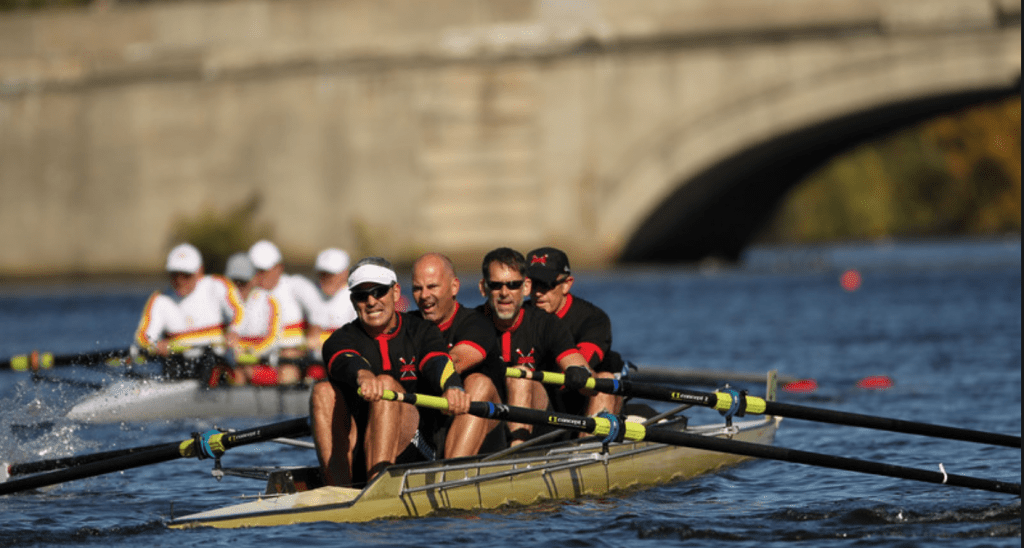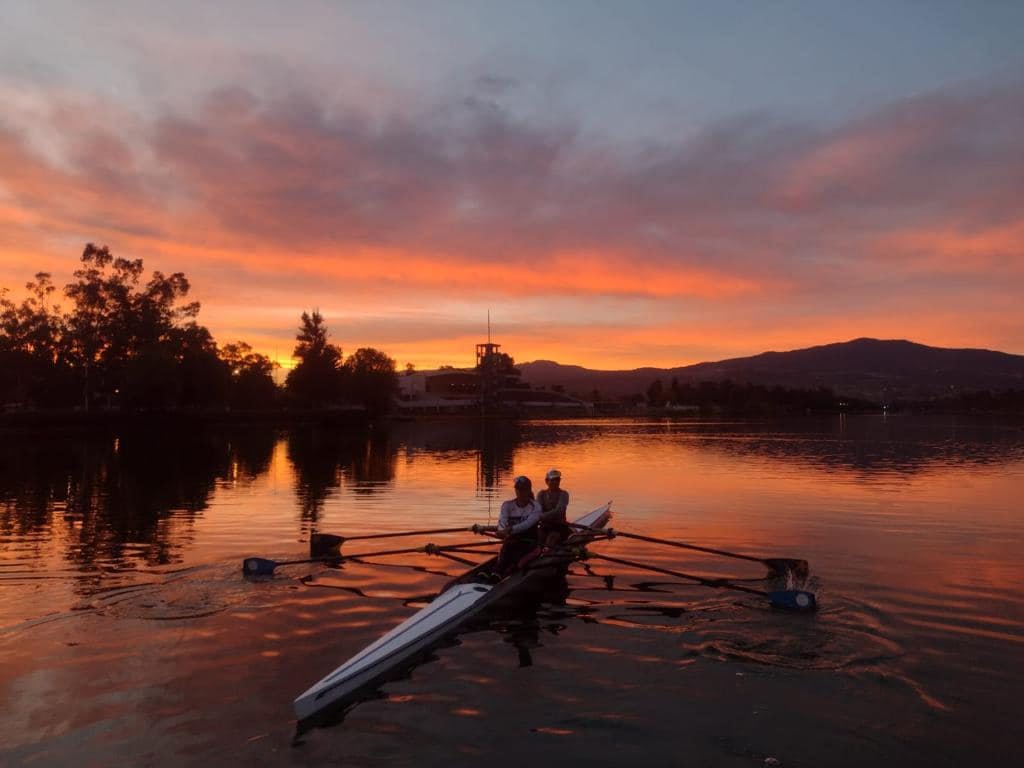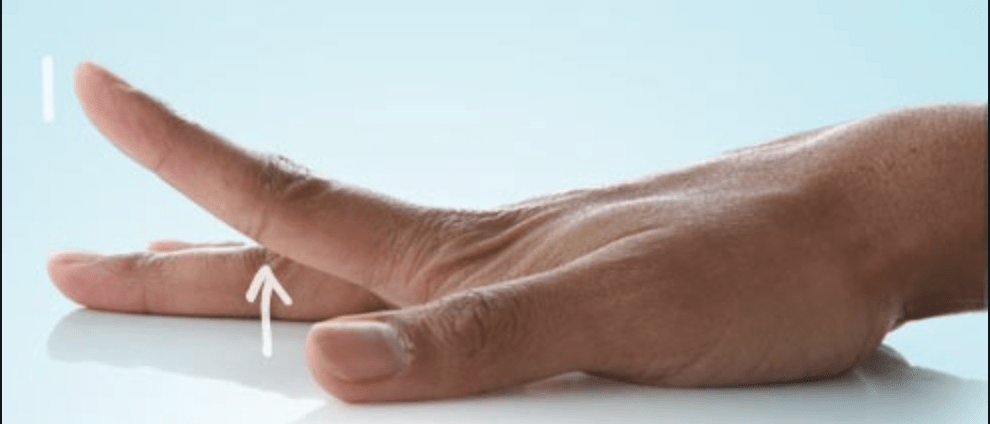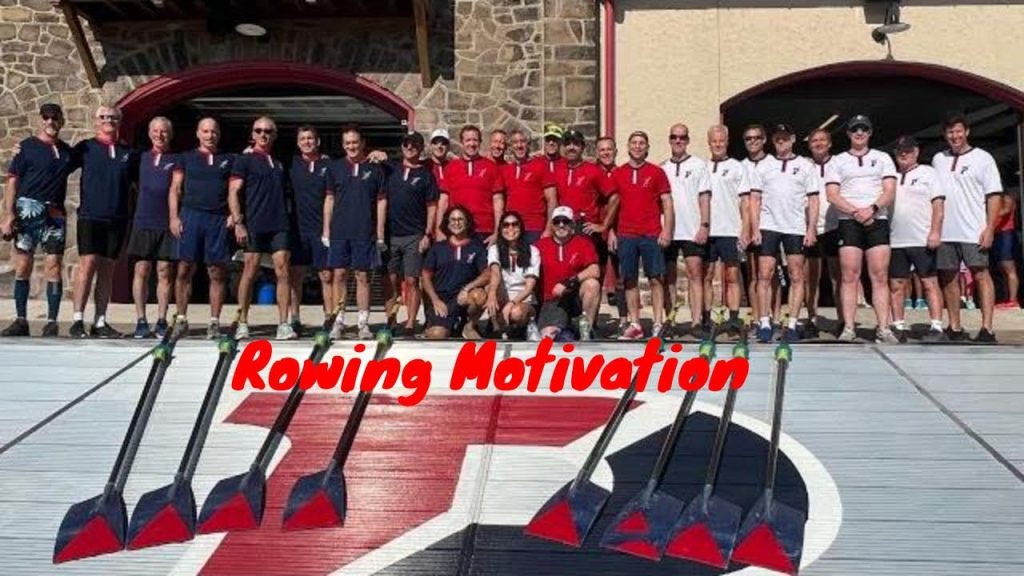Arms and body drill
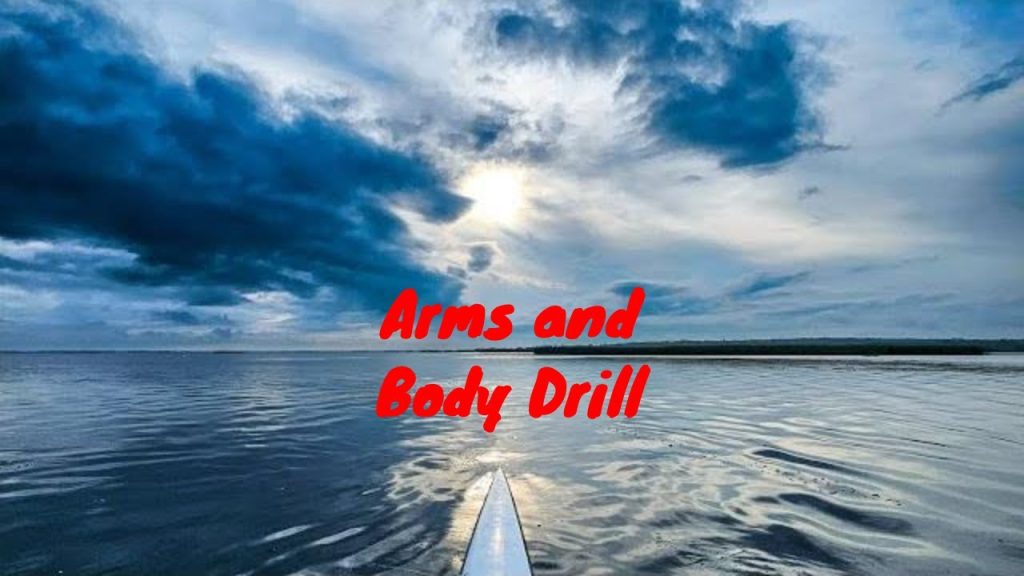
Often the first rowing drill taught, but so often executed poorly and without care. This is one of the best drills to teach how to recruit more muscles into your stroke. Learn how to teach it, what it does for your boat and errors to watch out for.
Timestamps
01:00 The arms and body drill – how to set up the boat from the finish, get run on the boat and recruit more muscles.
Sitting in the finish position – shoulders behind your hips, leaning backwards and feet pressed flat into the shoes. Row just with your arms at square blades. Row the oar in and out of the water with your arms only – straighten, then bend them while keeping your body and legs still and not moving at all. Then move to a second position – adding a body swing forwards after the arms are fully straight and extended – place the oar into the water, swing back and then bend your arms to complete the stroke. The familiarity of the drill makes us less careful in the execution.
02:30 What is the arms and body drill for?
It’s mostly to teach sequencing. Release the oar from the water at the end of the power phase, how to enable the arms to lead the recovery with the body following on. It also teaches – how to make a square blade extraction – correct hight of blade handle at the finish – weight in the hand to control the handle as you extract – it leads into learning timing for feathering.
03:40 How to use this drill – key coaching points
Timing of the finish release and moving onto the recovery
Getting the oar out of the water depends on doing it before the handle reaches the body and before you lose contact with the footstretcher. Try varying your finish extraction point by 1cm, 2 cm with loose shoe laces to find when you lose pressure on your feet to find the timing point for your finish extraction.
Getting a strong finish
If the oar isn’t continuously accelerated through the power phase it becomes harder to get the oar out of the water. Doing the drill with good pressure helps the oar come out easily. In sweep you can add more power with your inside hand due to the rotation of the oar around the pin.
Getting the body position correct after extraction
Ensure shoulders are behind the hips and the swing back is inline with your crew mates. Keep the body position still while extracting the blade and straightening the arm is important – I call it “separation”.
09:30 How to teach the drill
Start by getting the static positions correct – the finish blade squared and buried under the water – move to hands away position – then rock to body over – and then place the blade in the water for the point of entry. Understand the handle height when the oar is under the water. If you can place the oar under the water at the point of full reach forward you can sharpen the catch timing and use your hands to anticipate the moment of change of direction.
11:30 Errors to watch out for
Sloppy body positions – swing back and forward, arms straight before swing forwards (or simultaneous)?
Blade height above the water on the recovery – does it stay at the same height above the water until the catch?
Handle height at the water entry point – check alignment with the back of the person in front of you (or the stern canvas).
Feathering too early – trying to feather underwater or feathering the oar out of the water rather than having a square blade extraction. Check weight in the hand to press handle downwards and that there’s enough power behind the blade. Masters often compromise their back swing – it should add to the boat speed.
15:45 Advanced versions of this drill
- Add a backspash when the oar enters the water – handle rising ahead of the change of direction.
- Timing the release with improved downward pressure on the handle (1cm / 2cm earlier)
- Wide grip on the handles (sculling slide hands down the shaft; sweep inside hand slide down the shaft) do you get a different feeling of control?
- Do at firm pressure and add in more people so the boat goes faster – how does this affect release timing and placement?
Want easy live streams like this? Instant broadcasts to Facebook, YouTube, LinkedIn. Faster Masters uses StreamYard: https://streamyard.com/pal/d/5694205242376192
